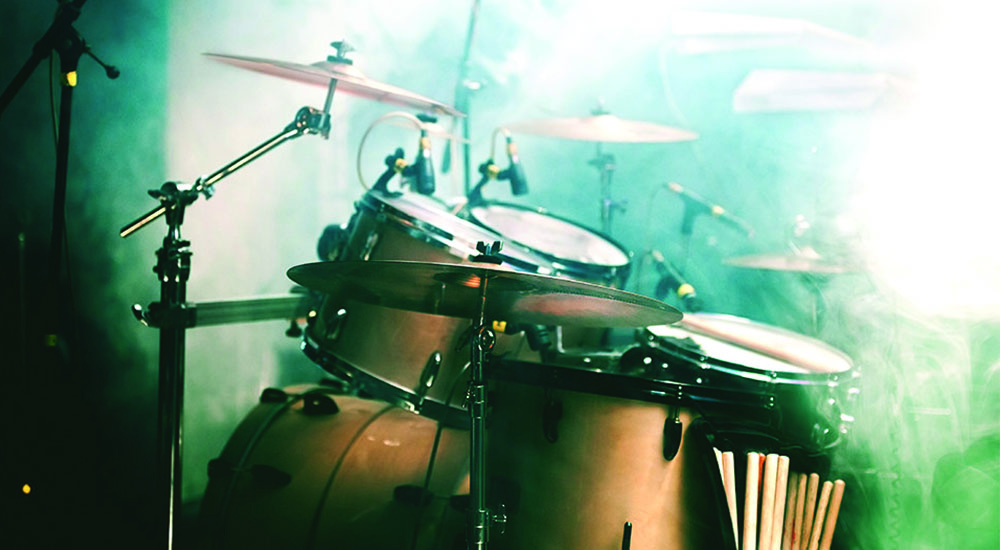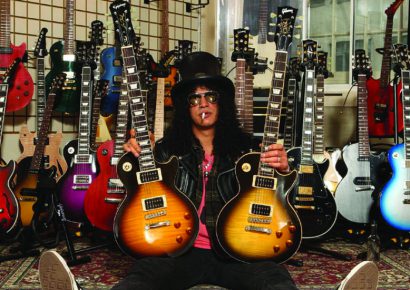THE IDEA
The idea is to play single strokes (RLRL RLRL) between the hands and the feet; the combinations of which, are plentiful. The simplest form is Right Hand and Right Foot alternating. To get things going, you would very slowly start to practice on the snare and bass drum. It’s a familiar sound and as it gets faster, it’s a little easier to hear the phrase repeating. At this point, you can practice till the cows come home trying to get it blazingly quick but even if you do get it really fast, you may encounter the first major issue I did. I couldn’t play the lick when I needed it – in time and in context of the music.
SUBDIVISIONS
To make the concept become a more solid part of your playing, the best approach is basic subdivisions moving from eighth notes through to 32nd notes. The triplets are really fun to get going, feeling the reverse sticking on every alternate beat. It takes some getting used to though, and practicing with some kind of time feel or reference is recommended. Check out Figure A for the basic subdivisions and how the single strokes work over them.
A GROOVE
Another great way to approach this idea is using another limb to sustain a time feel (Figure B). In this case, the left hand is on the hi-hats playing quarter notes on the beat. The right hand and right foot play the alternating strokes/subdivision. Once you’re feeling fairly comfortable with this, moving the left hand onto the snare drum for the backbeat solidifies how the idea is really felt over the pulse. Since there are too many things going on the snare drum, moving the right hand to the floor tom can simulate a pseudo double bass drum sounding groove.
CONSTRAINTS
I’m not going to lie; it took me ages to get this concept going. Maybe it was just myself as a player, but I did find that I had to really just sit there, repeating the sticking over and over before my brain allowed my body to maintain the motion at a higher speed. I did find that through the practice, there were certain constraints with this type of exercise when practicing.
Bass Drum Pedal – Type/Brand of pedal and set up can drastically alter how effective you can be. You need the perfect combination of power and response.
Heel Up/Down – I really tend to move between these and initially, heel down was more comfortable but only up to certain speed and dynamic level.
Pedal Technique – Some players swivel their foot or use heel/toe technique, bounce off the head etc. All will have their impact on how the idea develops.
Slacking Off – If I don’t practice the concept regularly, I find that I tend to lose the ability to play accurately quicker than other ideas/licks.
Playing Surface – How tensioned you have the drums (bass included) will alter your response times and should be considered if you can’t get things faster. Usually, I’ve found it’s a foot issue first though – as least for me. Good luck!


